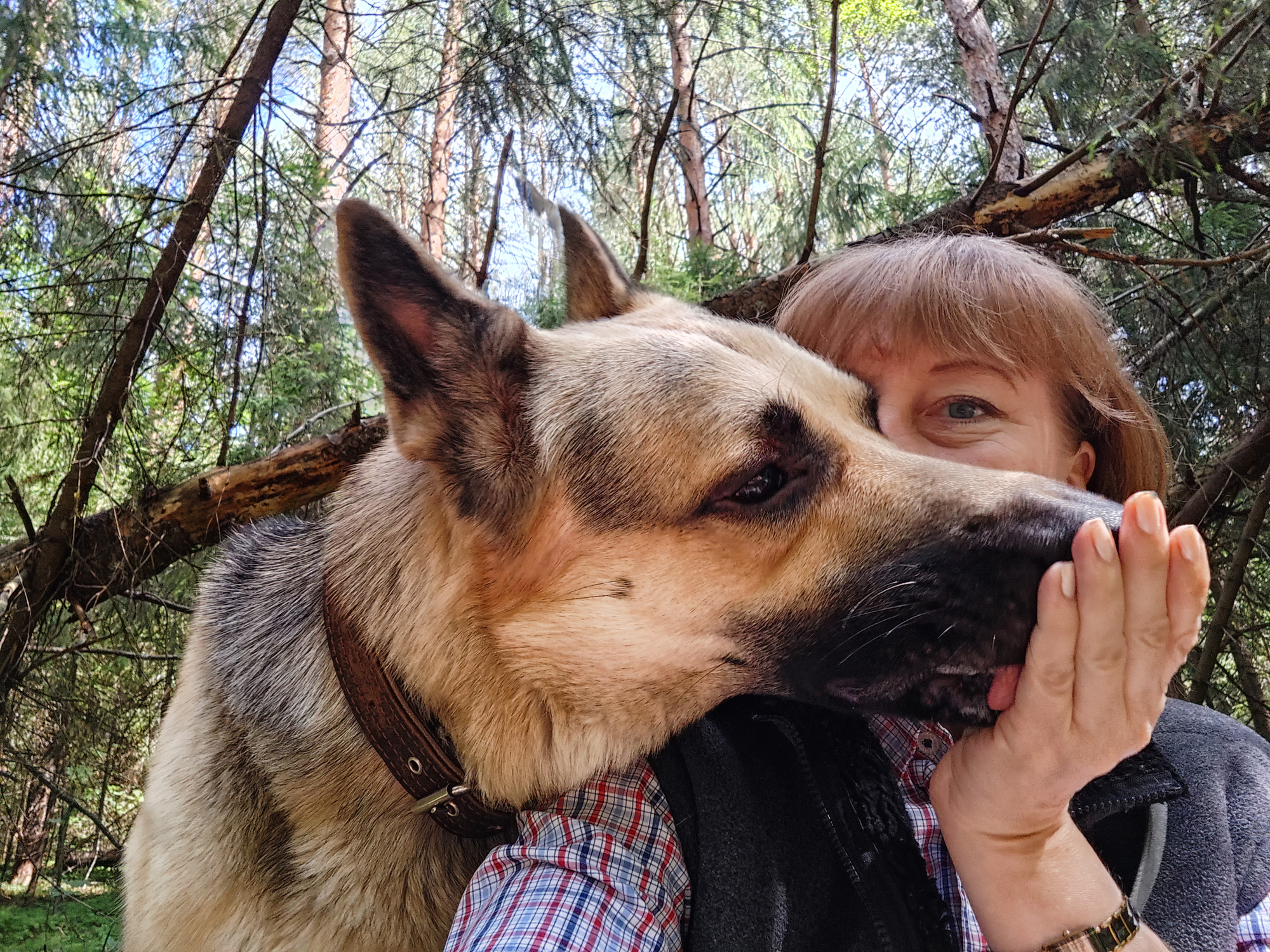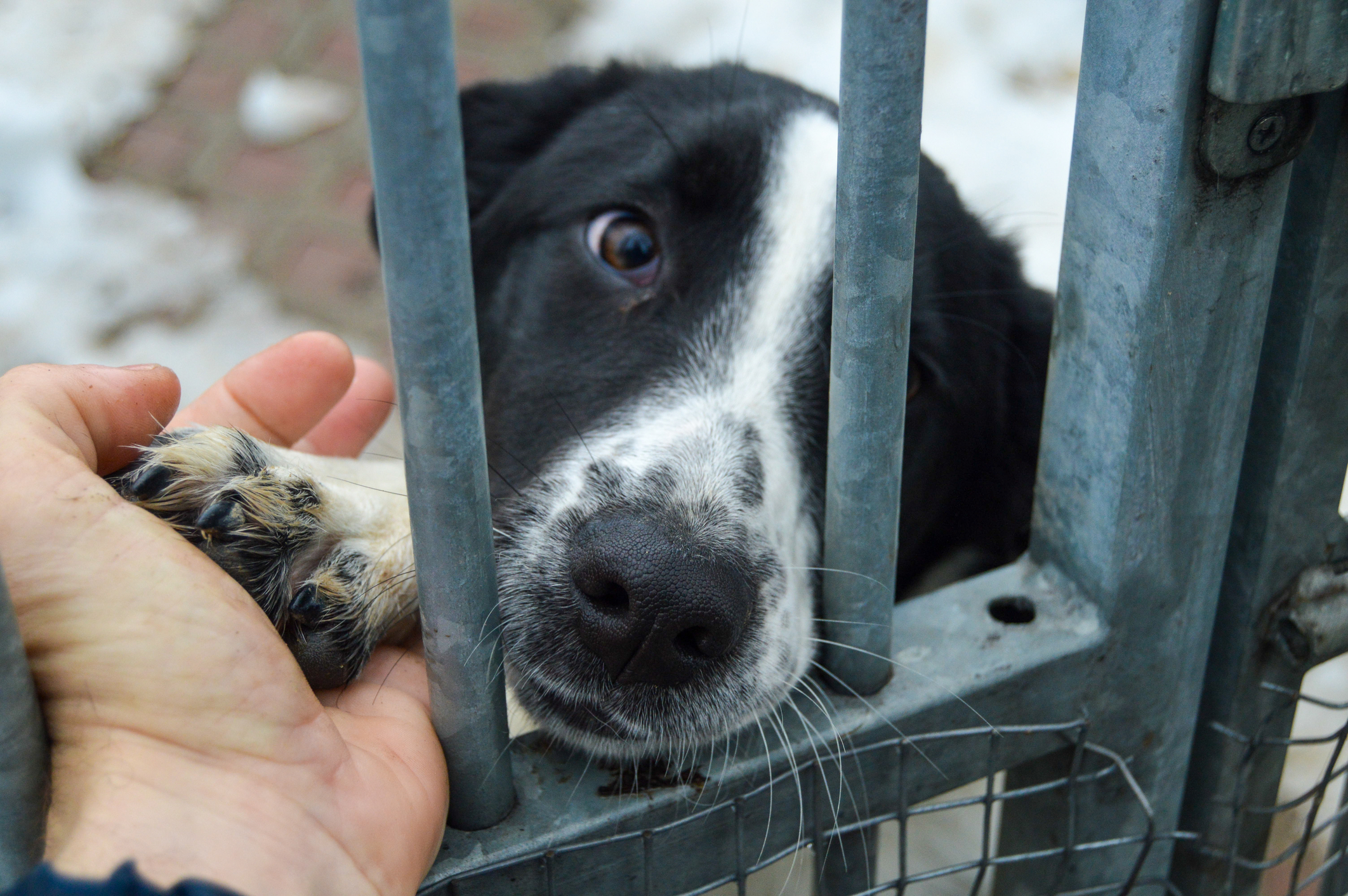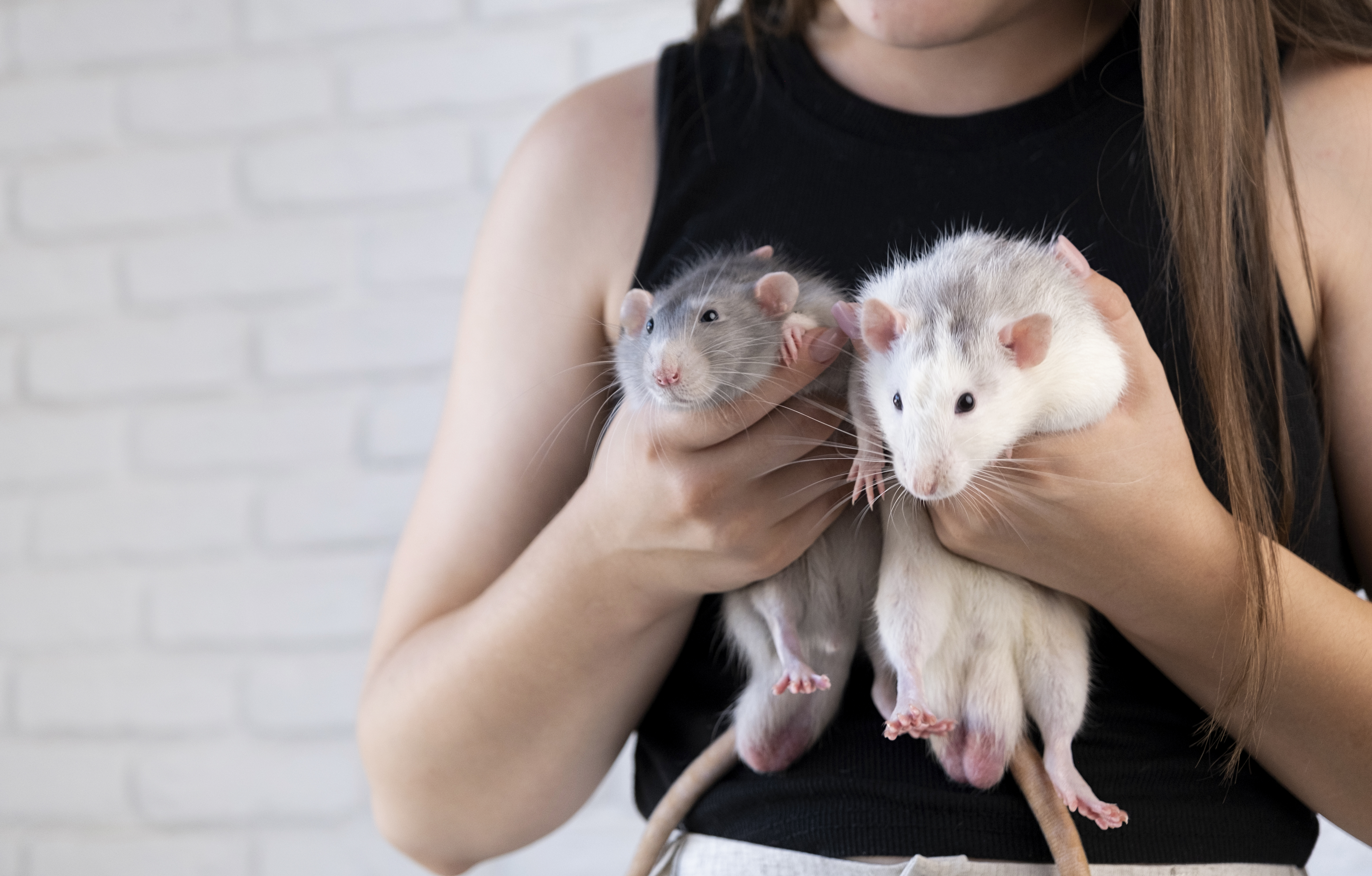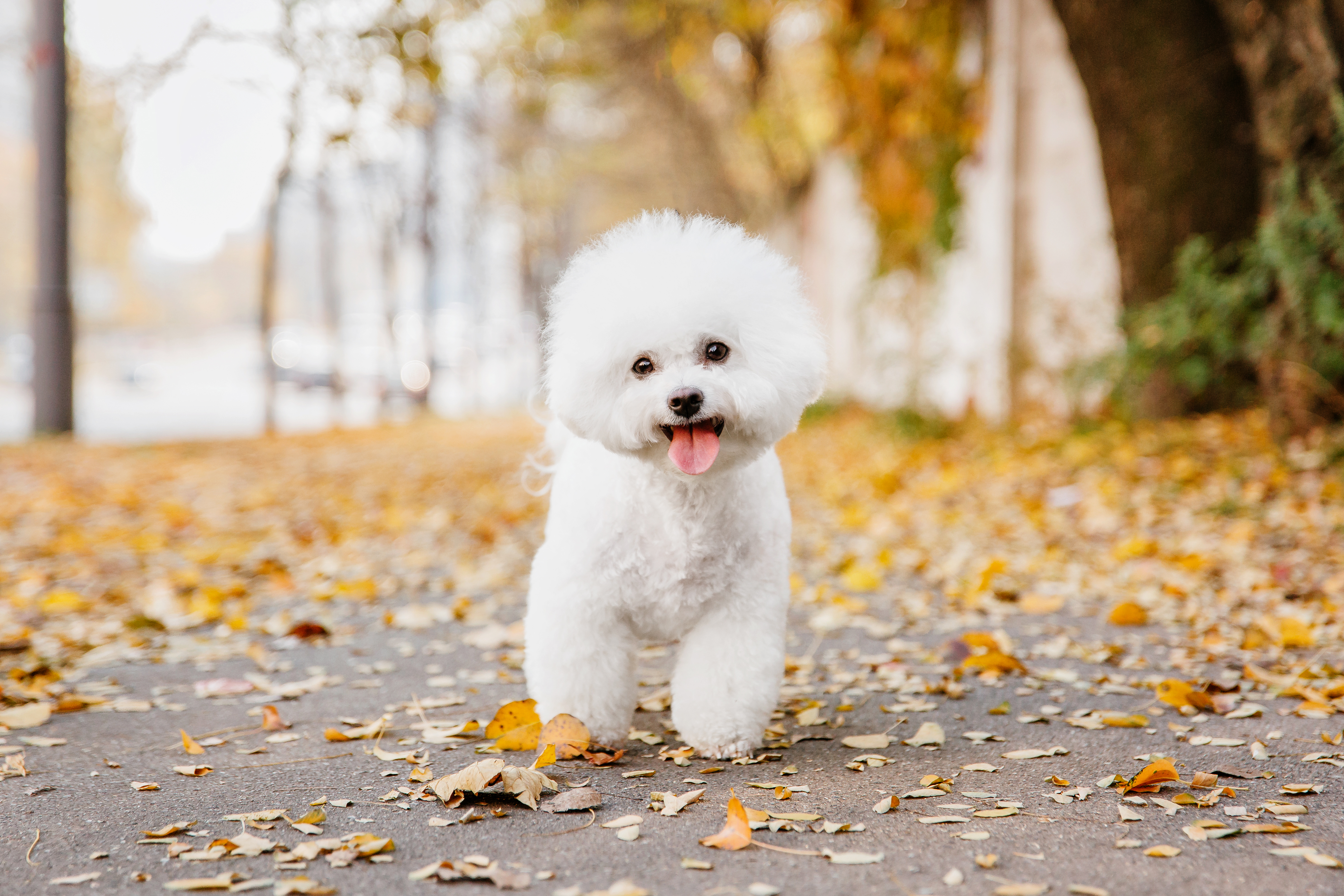Decoding the Mystical Bond: Eighteen Riveting Scientific Reasons Behind the Affectionate Nature of Animals
Animals have always been an integral part of our ecosystem and our lives. They provide us with companionship, assistance, and sometimes, a sense of purpose. But what lies behind the affectionate nature of animals? Is it purely instinctual, or is there a deeper, more mystical bond at play? This slideshow will delve into the riveting scientific reasons behind the affectionate nature of animals, exploring the fascinating world of animal behavior and the complex relationships they share with humans and each other.
Evolutionary Advantage

The first reason behind the affectionate nature of animals is evolutionary advantage. Animals that show affection towards their kin or pack members are more likely to survive and reproduce, passing on their genes to subsequent generations. This behavior has evolved over millions of years and is deeply ingrained in many species.
Social Bonding

Social bonding is another critical factor. Many animals live in groups or packs, and showing affection helps strengthen these bonds. This, in turn, improves the group's overall survival chances as they can cooperate better and protect each other from threats.
Communication

Affectionate behavior in animals also serves as a form of communication. Animals can't talk like humans, so they use different behaviors to express their feelings, needs, and intentions. Affectionate gestures can signal trust, submission, or a desire for social interaction.
Parental Care

Parental care is a significant factor in the affectionate nature of animals. Many animal species show immense love and care towards their offspring, ensuring their survival and growth. This behavior is driven by a combination of instinct, hormones, and learning.
Reciprocity

Reciprocity is another fascinating aspect of animal affection. Some animals show affection towards others expecting the same in return, a behavior known as reciprocal altruism. This mutual exchange of favors helps build strong social bonds and cooperation within the group.
Stress Reduction

Affectionate behavior also helps animals reduce stress. Physical contact, grooming, and other affectionate behaviors release endorphins in the brain, creating a sense of calm and well-being.
Learning and Imitation

Animals learn a lot from observing others, and affectionate behavior is no exception. Young animals often mimic the affectionate behaviors they see in their parents or other group members, helping them learn how to interact socially.
Hormonal Influence

Hormones play a crucial role in animal affection. Oxytocin, often called the "love hormone," is released during affectionate behaviors, strengthening social bonds and promoting feelings of love and trust.
Empathy

Some animals are capable of empathy, allowing them to understand and share the feelings of others. This ability can lead to affectionate behaviors, as the animal tries to comfort or support others in distress.
Play Behavior

Play behavior is another reason behind animal affection. Many animals engage in playful activities, which not only helps them learn and develop but also strengthens social bonds.
Mating Behavior

Mating behavior can also involve affectionate gestures. Some animals use affectionate behaviors to attract mates or strengthen their bond with their partner.
Territory and Possession

Some animals show affection towards their territory or possessions. This behavior, though different from the affection shown towards other animals, is still a form of emotional attachment.
Symbiotic Relationships

Symbiotic relationships between different animal species can also involve affectionate behaviors. These relationships, where both parties benefit, often involve mutual grooming, protection, and other forms of affection.
Domestication

Domestication has played a significant role in enhancing the affectionate nature of certain animals. Through selective breeding, humans have encouraged traits like friendliness and affection in pets and livestock.
Animal Intelligence

Animal intelligence is another factor that influences affectionate behavior. More intelligent animals are often more capable of complex emotions and social behaviors, including affection.
Survival Strategy

For some animals, showing affection can be a survival strategy. By showing submission or friendliness, they can avoid conflicts and foster beneficial relationships.
Individual Personality

Finally, individual personality plays a role in animal affection. Just like humans, animals have unique personalities that influence their behavior, including their capacity for affection.
The affectionate nature of animals is a complex phenomenon influenced by a multitude of factors. From evolutionary advantages to individual personalities, each aspect contributes to the fascinating world of animal behavior. As we continue to explore and understand these behaviors, we can deepen our appreciation for the intricate and profound bonds that animals share with each other and with us.







